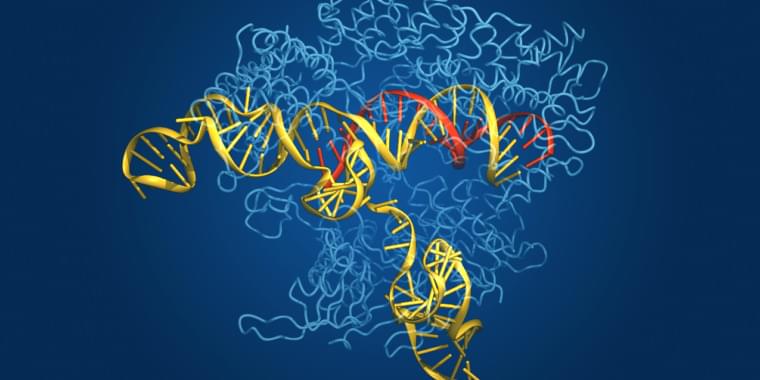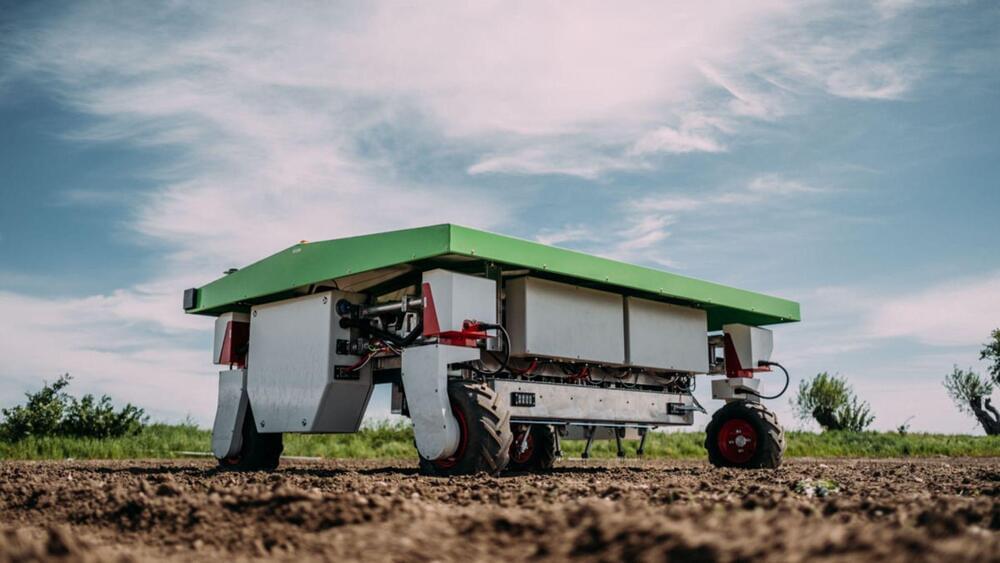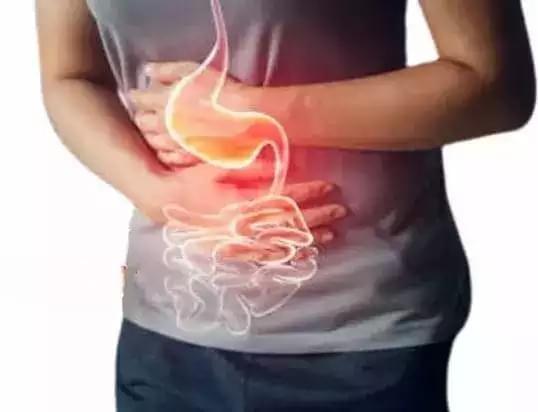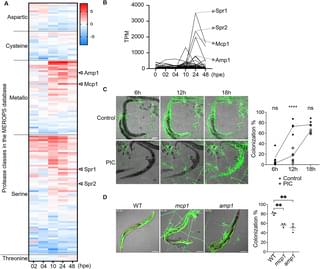Dec 4, 2023
DickHeads Podcast #31 — Counter-Clock World — with Jayaprakash Satyamurthy
Posted by Dan Breeden in category: food
The ‘not a book club book club’ podcast on PKD, his books, and influence.
Remain calm, smoke your sogum, and pay no attention to all those old-born repopulating our world. Unfortunately for Sebastian Hermes and his crew of resuscitation technicians, it’s not that easy after discovering the slowly resurrecting corpse of a major religious leader. Join the DickHeads and writer/musician Jayaprakash Satyamurthy as they discuss PKD’s 21st published novel, Counter-Clock World. Plus: Food as a 4-letter word. The history of the scifi scene in Bangalore. And how to not kink shame sogum smokers.
Continue reading “DickHeads Podcast #31 — Counter-Clock World — with Jayaprakash Satyamurthy” »


















